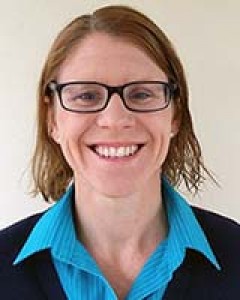Now published, see the full article 
Early Abstract:
Introduction: Longstanding gaps in physiotherapy service delivery exist in rural areas across Australia. In response to this, a large public rural health organisation contracted a private physiotherapy business to implement a public-private partnership to supply physiotherapy to hospital inpatients, aged care facility residents and outpatients in four outer regional Australian towns. Treatment rooms were provided by the health organisation for the private physiotherapists to see clients. This study explored how stakeholders defined the success of a public-private partnership model of service delivery in a rural setting and examined if the model was successful according to stakeholder definitions. Barriers and enablers (mechanisms) were identified and linked to stakeholder defined success measures.
Methods: A qualitative study was conducted using a Constructive Inquiry design. Participants were purposively recruited, via email invitation and telephone follow up. Participants comprised managers and clinicians from the rural public health organisation and the private physiotherapy business involved in setting up, working within or alongside the partnership. Semi structured interviews were undertaken with all participants. Data were transcribed verbatim and analysed using Framework Analysis. Program Logic was used to synthesise all information.
Results: Individual interviews were conducted with 5 staff from each partnering organisation, including managers and clinicians (total n=10). Two main themes and three sub themes were identified. All participants described the model as being successful. Elements of success included improved access to local services and satisfied stakeholders. There were three mechanisms identified to successfully implement the service delivery model. The first mechanism was the provision of human and multiple other resources, which included the workforce model and the use of multiple resources for the partnership. The second mechanism was stakeholder engagement, which included having motivated stakeholders and consistent stakeholders. The third mechanism was streamlined processes, which included the content of the contract and referral schedule, streamlined administration processes for contracting and accounting, having processes for managing private therapists in a public setting as well as processes for communication.
Conclusions: This study demonstrates that an innovative physiotherapy public-private partnership model of service delivery can be a successful way to improve access to physiotherapy services in rural areas. Success of service models varies depending on the viewpoint of the stakeholder and achieving success for all stakeholders is contingent on mechanisms such as those identified in this study. Public-private partnerships have potential to address service gaps in hospital, residential aged care and primary care in rural areas.



